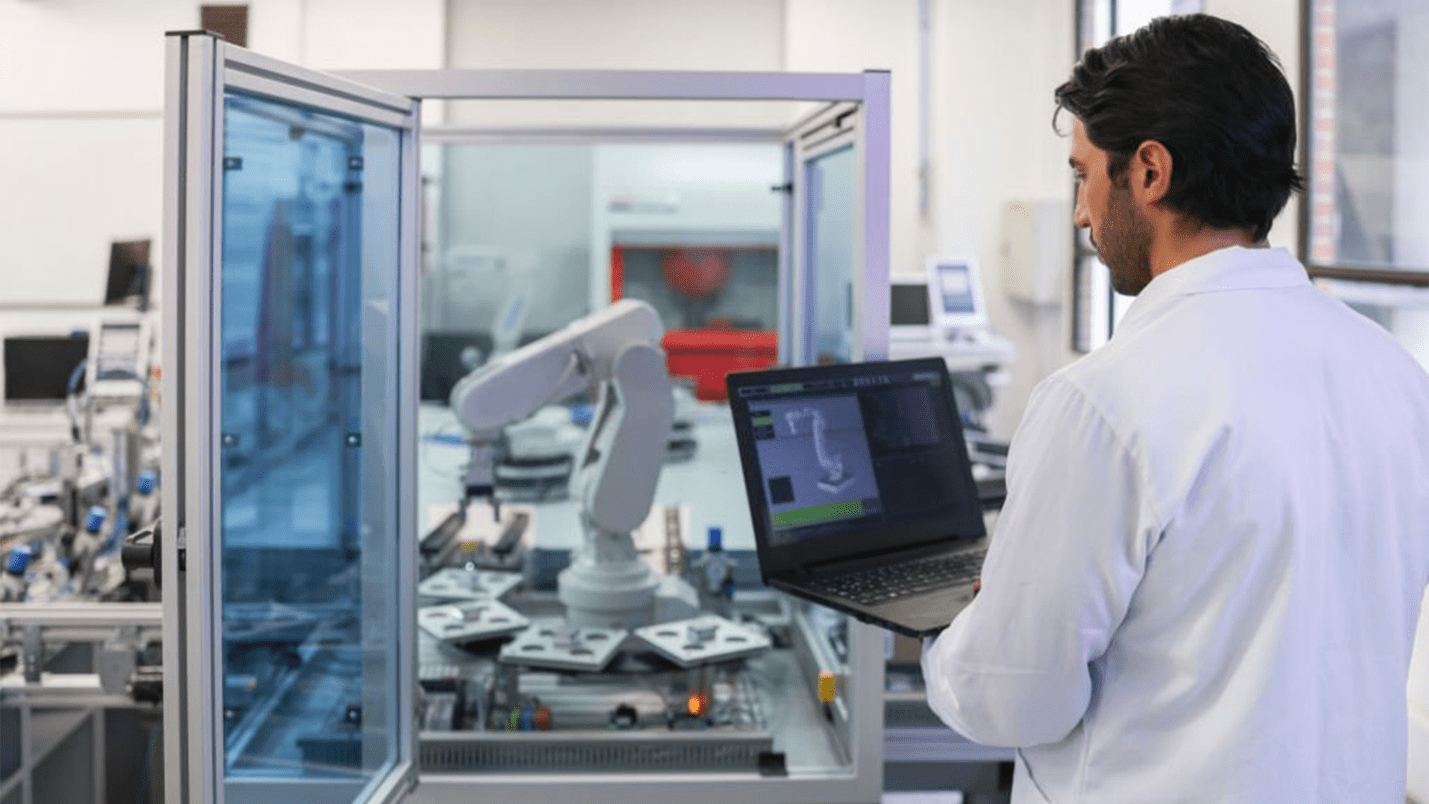
The Digital Doctor is In: AI and Telemedicine Redefine Healthcare
The healthcare industry is undergoing a seismic shift fueled by artificial intelligence (AI) and telemedicine.

The industrial business is increasingly utilizing robots, and experts believe that this trend will never end; rather thrive in the future. Industries, businesses, and families use robots to complete tasks they can’t do themselves. Robotics aims to create intelligent machines that can assist people and industries in completing tasks more efficiently. In both the personal and technological realms, the epidemic has brought about numerous changes.
While some industries have been negatively impacted by the pandemic, others are at an advantage. The robotics industry has suffered from a lack of supply and demand, but it has also experienced significant technical improvements. As new robotic trends emerge with time, here are 3 Robotics trends for 2022.
Robotics as a service (RaaS):
The Robot-as-a-Service (RaaS) business model offers robots as a service rather than as a product to handle a company’s most mundane, repetitive, or hazardous tasks across multiple sites. RaaS is projected to generate $34 billion in revenue by 2026 with 1.3 million installations. Its flexibility, scalability, and low entry costs are some of the reasons why businesses are increasingly interested in RaaS over traditional robotics programs. Some of the examples are Amazon’s AWS RoboMaker, and Google Cloud Robotics Platform.
Cobots:
Robots that can collaborate with humans are Collaborative Robots (Cobots). These collaborations are meant to enhance human capabilities. Robots that do not collaborate with humans typically operate independently and are often caged. Under the influence of COVID-19, the market for Cobots has changed dramatically in recent years. With the worldwide pandemic under control, the World Bank has estimated a huge rise in CAGR in 2022.
Robotic Process Automation:
Robotic process automation is commonly used within sectors and businesses that handle a large number of repetitive tasks. The RPA process is non-invasive and can be implemented quickly to accelerate digital transformation. Furthermore, it can be used to automate workflows that involve legacy systems that do not have APIs, virtual desktop infrastructures, or database access. The majority of global executives say RPA is a major component of digital transformation. The RPA market was valued at $1.40 billion in 2019 and is expected to reach $11 billion by 2027, growing at a CAGR of 34% from 2020 to 2027. The collaborative robotics market is expected to reach $12 billion by 2025.
During the last decade, the use of robots has steadily increased. COVID-19, labor shortages, and the desire to reduce carbon footprints all have impacted humans’ ability to perform certain tasks. In industries outside of typical manufacturing and warehouse sectors, these external variables have driven the need for automated robotic systems and equipment. In the next decade, this trend will only accelerate. Robotic training and education will become increasingly important as the use of robots spreads throughout the global economy.

The healthcare industry is undergoing a seismic shift fueled by artificial intelligence (AI) and telemedicine.

The healthcare and pharmaceutical sectors are navigating a transformative period, with technological advancements reshaping patient care, operational efficiencies, and strategic growth.

In the world of business, financial wizards wave their wands to conjure profits and success. But behind every great money magician …

Insurtech is not just making waves in the insurance industry—it’s rewriting the rulebook. As technology-driven startups disrupt …